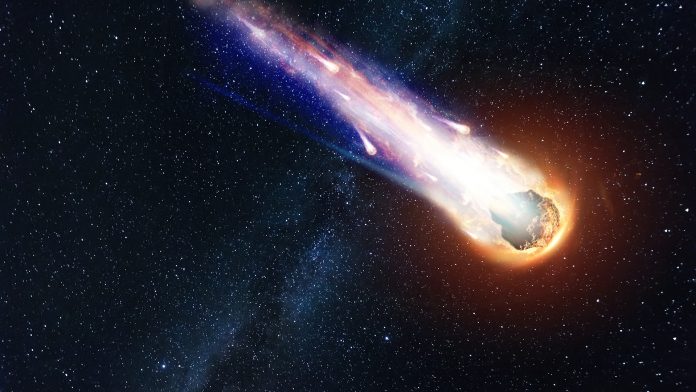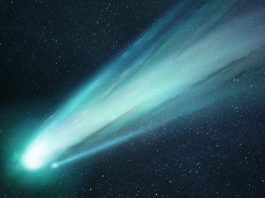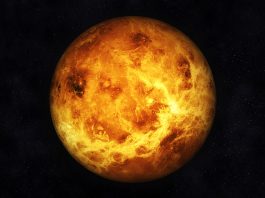The UK-built Solar Orbiter spacecraft has crossed through the tail of a comet for the second time in its mission so far.
Developed by Airbus in Stevenage, Solar Orbiter has been built to perform novel analyses of the Sun but is also gaining notoriety for investigating comets.
The ESA/NASA mission, which launched in February 2020 and has previously captured the closest images ever of the Sun and attained data about the particles and magnetic field present in the tail of the comet.
Comet tail crossings
Comet tail crossings are fairly unusual events. Both of Solar Orbiter’s comet encounters were forecast by coding established by Geraint Jones from the University College London Mullard Space Science Laboratory. As well as this, the work facilitates building experience for ESA’s Comet Interceptor mission, for which Geraint is the Science Team Lead.
The mission is set to investigate an as-yet unexplored comet, conducting a flyby of the target with three spacecrafts to construct a 3D profile of a ‘dynamically new’ object that comprises unprocessed material surviving from the dawn of the Solar System.
Currently, the instrument teams on Solar Orbiter are focused on studying the Comet Leonard data, both to learn more about the comet, and to enhance understanding of solar wind.
Caroline Harper, Head of Space Science at the UK Space Agency, said: “This is a brilliant example of scientists working together and pooling expertise across different missions, to get the most from them by seizing opportunities of this kind.
“Now we can look forward to many more fascinating insights from Solar Orbiter’s main mission – to study the Sun and how it affects space weather. And we can expect great things from Comet Interceptor when it launches in 2029.”
Utilising computer programming
The crossing was correctly projected by Samuel Grant, a post graduate student at University College London’s Mullard Space Science Laboratory. He revised an existing computer program that evaluated spacecraft orbits and comet orbits to incorporate the impacts of the solar wind and its capacity to structure a comet’s tail.
Samuel Grant, from University College London’s Mullard Space Science Laboratory, said: “I ran it with Comet Leonard and Solar Orbiter with a few guesses for the speed of the solar wind. And that’s when I saw that even for quite a wide range of solar wind speeds it seemed like there would be a crossing.”
Lorenzo Matteini, a co-investigator on MAG from Imperial College, London, said: “We are in the process of investigating some smaller scale magnetic perturbations seen in our data and combining them with measurements from Solar Orbiter’s particle sensors to understand their possible cometary origin.”
The UK is at the core of the Solar Orbiter mission with UK industry gaining £200m worth of contracts and the UK Space Agency investing £20m in the development and build of the instruments.









